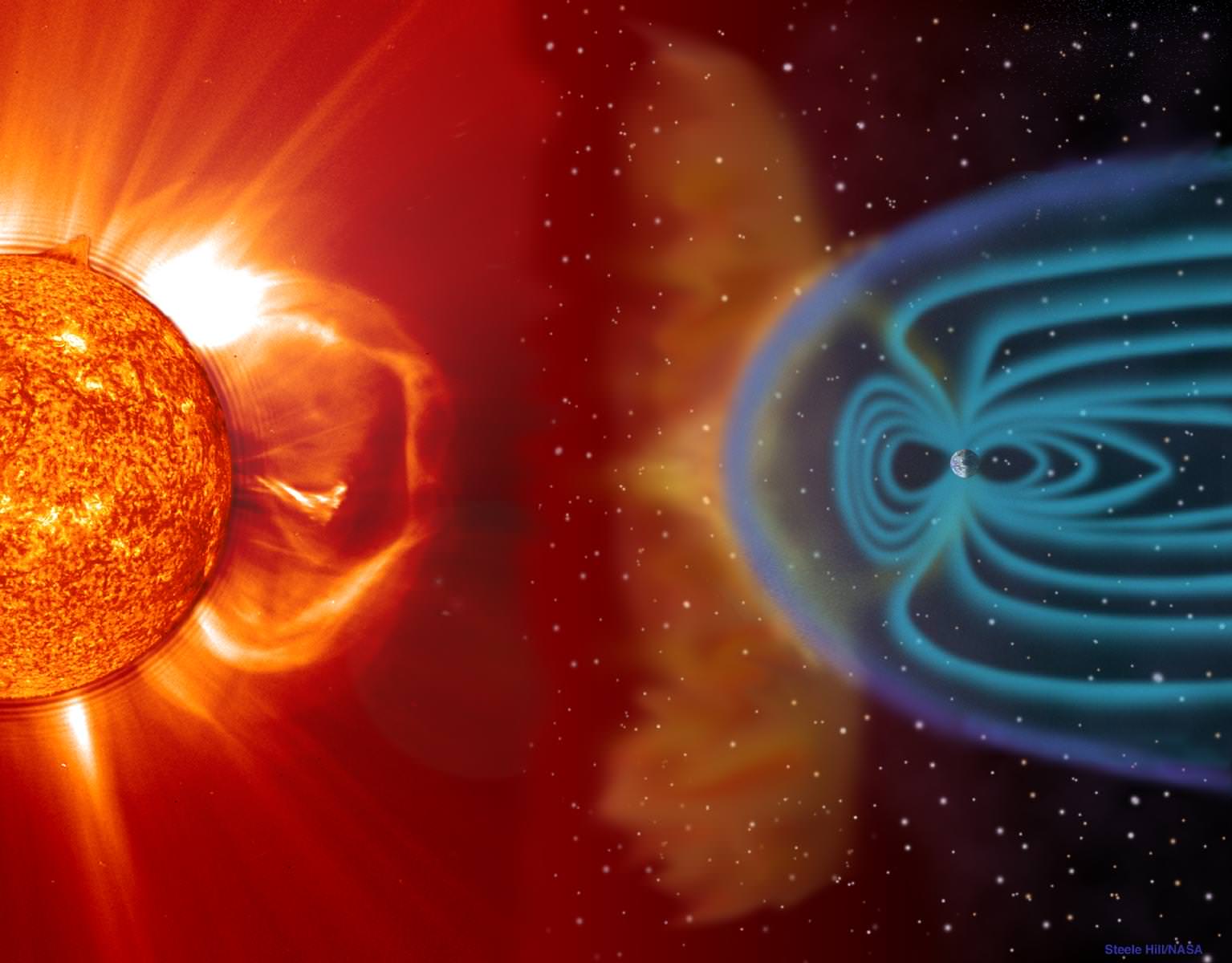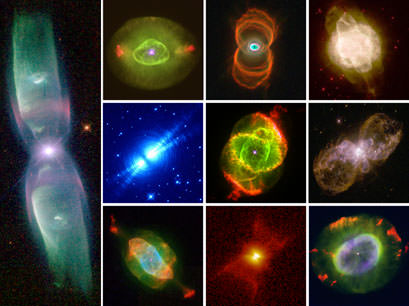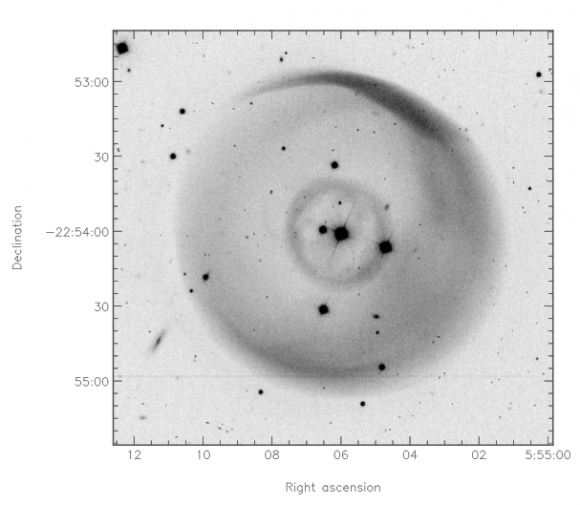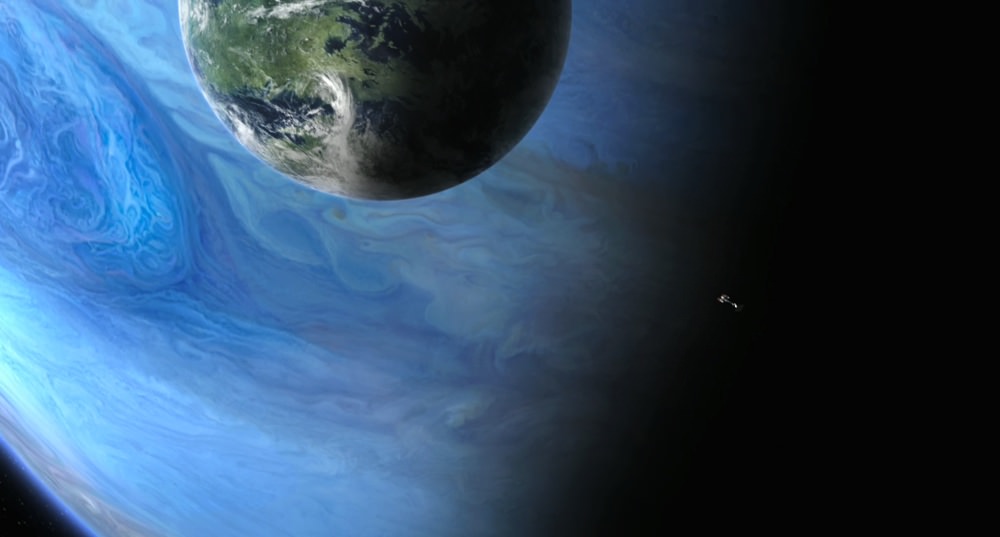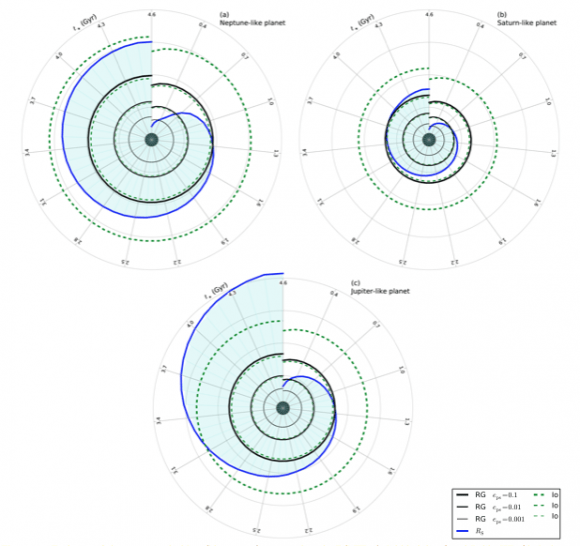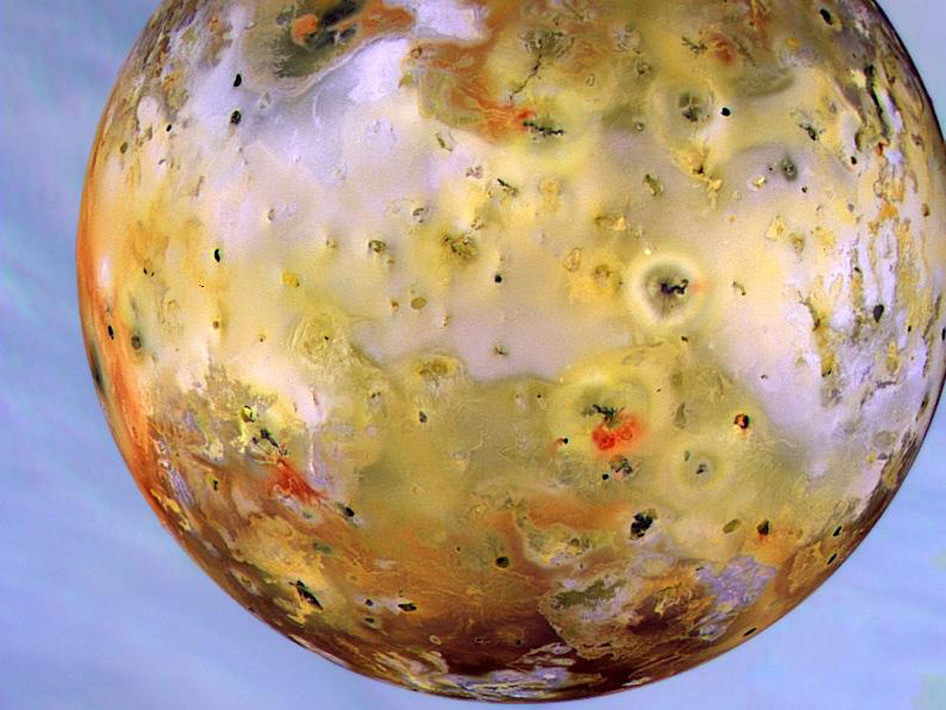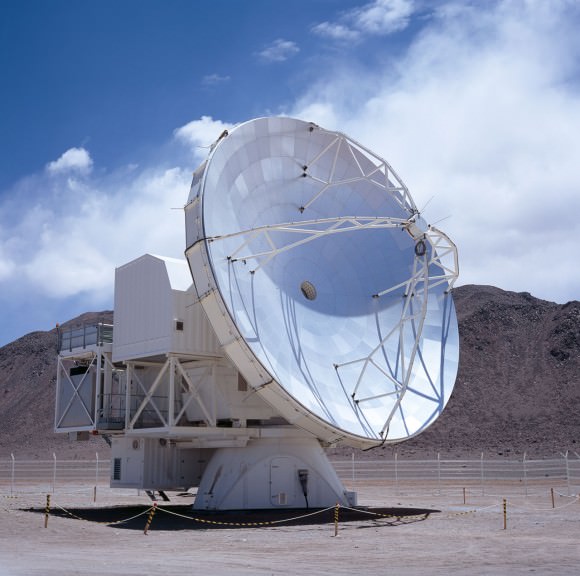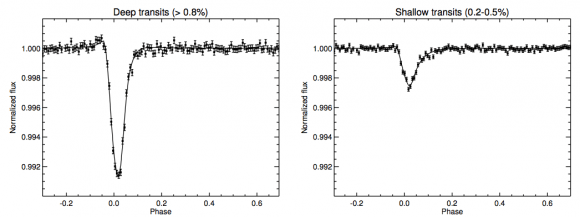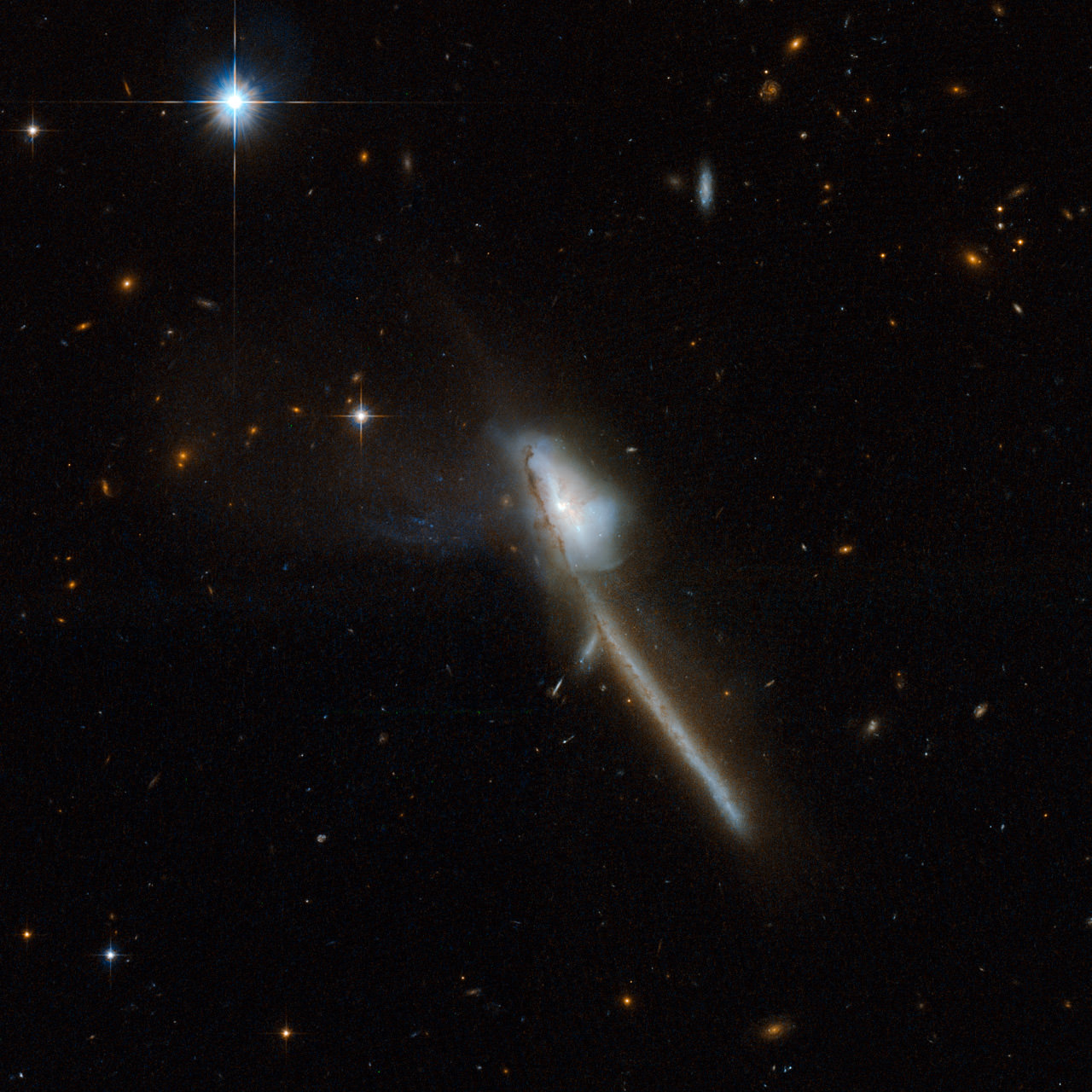Discovering life beyond Earth might just be the holy grail of science. And even though we have yet to find evidence for little green men or blobs of bacteria, astronomers continue to search for elusive signs of life.
A novel strategy may help astronomers better target extraterrestrial intelligent life. Dr. Michael Gillon, of the University of Liege in Belgium, proposes an approach that would monitor the regions of nearby stars to search for interstellar communication devices.
The most common method in the search for extraterrestrial intelligence (abbreviated as SETI) is the use of giant radio dishes to scan the stars, listening for possible faint signals coming from distant civilizations.
While the SETI institute has been hard at work since 1959 we haven’t chanced upon a signal yet. But that doesn’t mean we’re alone or that we should stop looking.
Even without a confirmed extraterrestrial signal, most astronomers would argue that recent discoveries have strongly reinforced the hypothesis that extraterrestrial life may just be abundant in the Universe. With the help of the Kepler Space Telescope we have learned that planets are plentiful throughout the Milky Way. With most stars harboring at least one planet, it’s conceivable that a few of those planets will have the right conditions for life.
So why haven’t we detected extraterrestrial intelligent life? Why do we have this glaring Fermi Paradox — the apparent contradiction between the high probability of extraterrestrial civilizations’ existence and the lack of contact with such civilizations?
One hypotheses to explain the famous Fermi Paradox is that self-replicating probes could have explored the whole Galaxy, including our Solar System, but we just haven’t detected them yet. A self-replicating probe is one sent to a nearby planetary system where it would mine raw materials to create a replica of itself that would then head towards other nearby systems, continuing to replicate itself along the way.
While our own technological civilization is less than two hundred years old, we have already sent robotic probes to a large number of bodies in our Solar System and beyond. Our furthest-reaching probe, Voyager 1, just made it to interstellar space. But it took it over 40 years.
“We are still far from being able to build an actual self-replicating interstellar spaceship, but only because our technology is not mature enough, and not because of an obvious physical limitation,” Dr. Gillon told Universe Today.
While we cannot currently send self-replicating probes to the nearest stars in a reasonable amount of time, nothing excludes this as a reachable future project, or a project already completed by extraterrestrial intelligent life.
This study further proposes that probes from neighboring stellar systems could use the stars they orbit as gravitational lenses to communicate efficiently with each other.
The coordination of probes to explore the Galaxy would be very inefficient unless they had the ability to directly communicate with one another. The vastness and structure of the Milky Way makes this seemingly impossible. By the time a signal reached a very distant star it would be highly diluted.
However, any star is massive enough to bend and amplify light. This process, gravitational lensing, is extremely powerful. “It means that the Sun (and any other star) is an antenna much more powerful than we could ever build,” says Dr. Gillon.
Based on this method, interstellar communication devices will exist along the line that connects one star to another. We now know exactly where to look, and even where to send messages.
Could this novel idea provide a new mission for SETI?
“A negative result wouldn’t tell us very much,” explains Dr. Gillon. “But a positive result would represent one of the most important discoveries of all time.”
The paper has been accepted for publication in Acta Astronautica and is available for download here.



